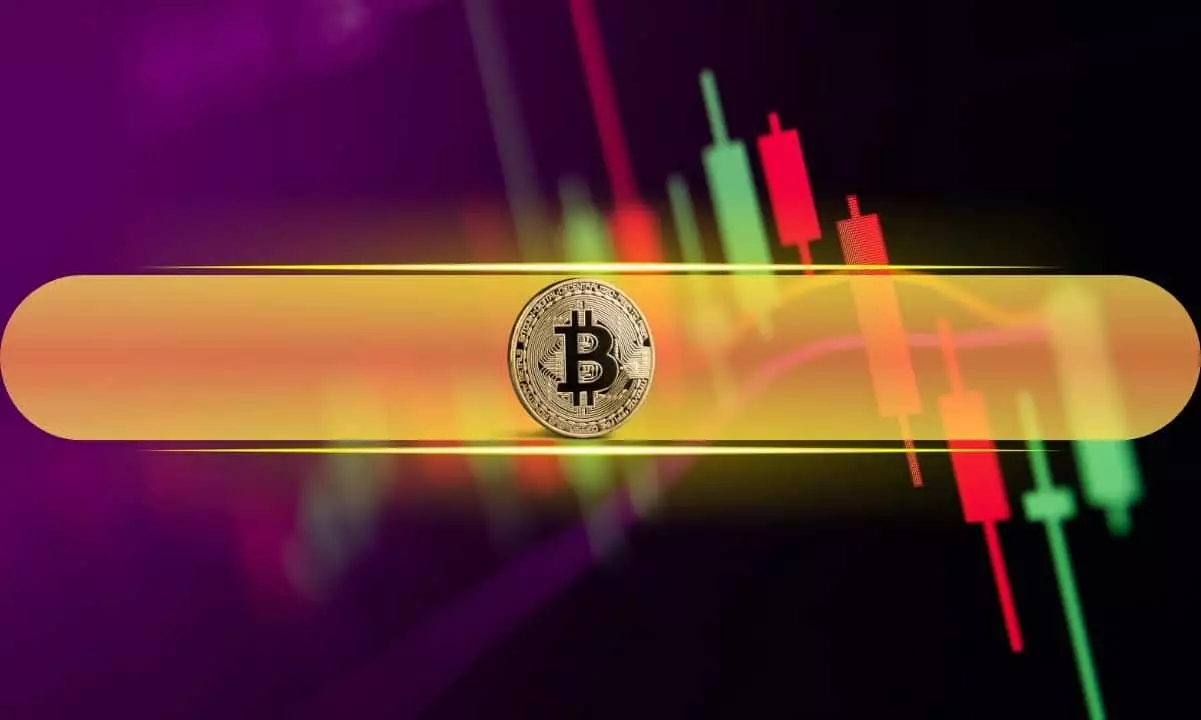The recent resurgence of Bitcoin to nearly $110,000 presents a compelling narrative—one that many enthusiasts interpret as the dawn of a new bullish phase. However, it’s vital to scrutinize whether this rally reflects genuine market strength or simply a temporary uptick driven by speculative frenzy. Bitcoin’s 1.6% increase in a single day may seem impressive on paper, but the broader context suggests caution. The crypto space often operates on emotional pulses rather than fundamental value, and temporary surges tend to mask underlying vulnerabilities. The fact that Bitcoin remains about 2% below its all-time high from late May indicates a potential resistance point, but it also highlights how fragile this recovery might be.
Much of the current enthusiasm appears tethered to speculative tokens like meme coins—Fartcoin and Bonk—which have surged dramatically. This prompts a critical question: are these rallying points signs of healthy market growth, or are they the latest manifestations of hype-driven bubbles? Historical precedence suggests that meme coins can inflate rapidly and burst just as fast, leaving late investors stranded. The impressive jumps in such altcoins—Bonk’s 20% day and Celestia’s 16% spike—are statistical wonders, yet they lack the backing of tangible utility or established market fundamentals.
Regulatory Changes: Boon or Bane?
The US political landscape introduces an intriguing element with the passage of the “One Big, Beautiful Bill.” While it ostensibly sidesteps stricter crypto regulations, its provisions aimed at lowering taxes and incentivizing mining through depreciation rules could be a double-edged sword. On one hand, easier and more favorable tax treatment might encourage institutional participation, gradually transforming the market into a more mature and less volatile entity. The potential for miners to write off equipment immediately could indeed result in increased network security and hash rate, which are typically bullish signals.
Conversely, this regulatory ambiguity fosters uncertainty. Crypto investors thrive on clarity—without it, market sentiment can swiftly turn sour. The bill’s vague stance on direct regulations may simply be a strategic wait-and-see approach, but aligning policy with market needs is paramount. Overregulation or sudden policy changes could stifle innovation and cause sharp corrections, especially given the current speculative exuberance that dominates the landscape.
Institutional Adoption: The Silver Bullet or Smoke Screen?
The rise of BlackRock’s Bitcoin ETF, now surpassing traditional flagship funds in fees, underscores an inescapable truth: institutional demand for crypto exposure is intensifying. While this hints at a maturation of the market, it also raises concerns about valuation distortions. Large scale inflows driven by institutional investors often lead to unnatural price elevations, making the market susceptible to sharp corrections once speculation wanes.
It’s noteworthy that despite the frenzy, the fundamental value of Bitcoin remains contested. While the long-term narrative of a decentralized store of value persists, short-term movements are increasingly shaped by investor sentiment, regulatory developments, and macroeconomic factors. The current hype surrounding the ETF signals growing mainstream acceptance, but it does little to address fundamental questions about market sustainability.
The Illusion of Growth or a Real Shift?
The cryptocurrency landscape today resembles a topsy-turvy amusement park—all thrills, bright lights, and fleeting promises. The sea of green across the altcoin space could signify genuine diversification and innovation, but it might also be a mirage created by inflating the lesser-known tokens for quick profits. Large-cap coins like Ethereum and ADA are gaining respectable percentages, yet the gains seem disconnected from their actual usability or technological breakthroughs.
The polarizing meme coins—Fartcoin and Bonk—serve as perfect exemplars of the speculative excesses that pervade the current market. While their gains excite traders, they do little to substantiate the market’s health. Rather, they exemplify how the crypto world sometimes trades more on narratives and social media hype than inherent value or utility.
High-flying tokens often set the stage for volatility and eventual downturns. Meanwhile, stablecoins—those supposed anchors of stability—are mostly left on the sidelines, trading flat in a landscape driven by hype rather than fundamentals. This dichotomy highlights how fragile the so-called “market rally” might be: built on fleeting speculation rather than sustainable growth.
In essence, the current market momentum should be approached with cautious skepticism. While new policies and institutional interests mark a positive shift, the proliferation of dubious tokens and exaggerated gains suggest a system still vulnerable to irrational exuberance. True value creation in crypto demands patience, due diligence, and a clear-eyed assessment of long-term viability—not just quick wins driven by hype.

